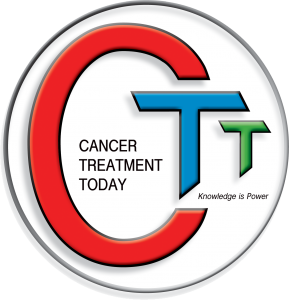Hyperesinophilic syndrome, imatinib – pro
Hypereosinopilic syndrome is a heterogeneous condition with a persistent elevated eosinophil count of >350/mm3, which is reported in various (inflammatory, allergic, infectious, or neoplastic) diseases with distinct pathophysiological pathways. With the advent of molecular genetic analyses, such as T-cell receptor gene rearrangement assays and Next Generation Sequencing, it is possible to better characterize these syndromes and establish which patients will benefit from pharmacological targeted therapy. However, knowledge about how to do so is not yet well-defined, or general;ly accepted. Emerging clinical evidence has shown that most patients with the FIP1L1-PDGFRA gene are responsive to imatinib.
Stella S, Massimino M, Manzella L, Pennisi MS, Tirrò E, Romano C, Vitale SR, Puma A, Tomarchio C, Gregorio SD, Palumbo GA, Vigneri P. Molecular Pathogenesis and Treatment Perspectives for Hypereosinophilia and Hypereosinophilic Syndromes. Int J Mol Sci. 2021 Jan 6;22(2):486.
Giovanni Martinelli, Hypereosinophilic Syndrome and Molecularly Targeted Therapy. Seminars in Hematology
Volume 44, Supplement 2, April 2007, Pages S4-S16
Amy D. Klion, How I treat hypereosinophilic syndromes. Blood (2015) 126 (9): 1069–1077.
